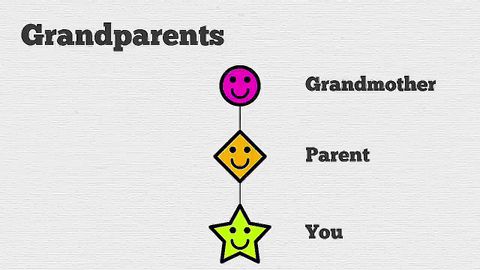
Subtitles & vocabulary
Your Family Tree Explained
00
榮得傑 posted on 2014/08/10Save
Video vocabulary
bit
US /bɪt/
・
UK /bɪt/
- Noun
- Device put in a horse's mouth to control it
- Small piece of something
- Intransitive Verb
- (E.g. of fish) to take bait and be caught
A1
More great
US /ɡret/
・
UK /ɡreɪt/
- Adverb
- Very good; better than before
- Adjective
- Very large in size
- Very important
A1TOEIC
More hard
US /hɑː(r)d/
・
UK /hɑ:d/
- Adjective
- Difficult to do; difficult to understand
- (Of facts) not able to be misunderstood; clear
- Adverb
- With lots of force, power, or impact
A1TOEIC
More explain
US /ɪkˈsplen/
・
UK /ɪk'spleɪn/
- Transitive Verb
- To make clear or easy to understand by describing
- To give a reason for something.
A1TOEIC
More Use Energy
Unlock All Vocabulary
Unlock pronunciation, explanations, and filters
